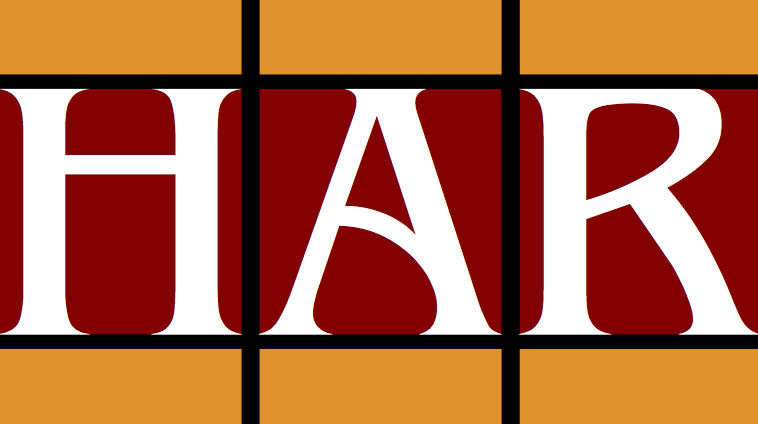His name Gelek Pelzang was given to him as a child when he took novice ordination at the age of seven from Khenchen Sengge Gyeltsen (mkhen chen seng ge rgyal mtshan, d.u.). From the age of sixteen he studied at the Sakya monastery of Ngamring Chode (ngam ring chos sde), training with Bodong Paṇchen Jikdrel Chokle Namgyel (bo dong paN chen 'jigs bral phyogs las rnam rgyal, 1376-1451), the founder of the Bodong tradition, who taught him logic and philosophy.
When Gelek Pelzang was twenty-one he studied with Rendawa Zhonnu Lodro (red mda' ba gzhon nu blo gros, 1349-1412), with whom he took full ordination. He studied Darmakīrt's Pramāṇavārttika, Abhidharma, and the Five Books of Maitreya, Nāgārjuna's works on Madhyamaka, and the Vinaya.
At the age of twenty-three, in 1407, he went to U to meet with Tsongkhapa Lobzang Drakpa (tsong kha pa blo bzang grags pa, 1357-1419) at Sera Choding (se ra chos sdings – not to be confused with the famous Sera Monastery). Khedrub Je received instructions on both sutra and tantra from Tsongkhapa, and soon became one of his most devoted disciples, receiving teachings alongside Tsongkhapa's other disciples such as Gyeltsabje Darma Rinchen (rgyal tshab rje dar ma rin chen, 1364-1432) and Duldzin Drakpa Gyeltsen ('dul 'dzin grags pa rgyal mtshan, 1374-1434).
... read more at 
Philosophical positions of this person
"However, Khedrup, a student and a junior contemporary of Rendawa, mentions in his Presentation of the General Tantric Systems (rgyud sde spyi rnam), "Lama Jé [that is, Rendawa] asserts that [the Uttaratantra] is a commentarial work on last-wheel teachings, explicating the view of the Cittamātra School." Wangchuk, Tsering, The Uttaratantra in the Land of Snows, p. 88.
"However, Khedrup, a student and a junior contemporary of Rendawa, mentions in his Presentation of the General Tantric Systems (rgyud sde spyi rnam), "Lama Jé [that is, Rendawa] asserts that [the Uttaratantra] is a commentarial work on last-wheel teachings, explicating the view of the Cittamātra School." Wangchuk, Tsering, The Uttaratantra in the Land of Snows, p. 88.
Other names
- དགེ་ལེགས་དཔལ་བཟང་ · other names (Tibetan)
- མཁས་གྲུབ་རྗེ་དགེ་ལེགས་དཔལ་བཟང་ · other names (Tibetan)
- མཁས་གྲུབ་དགེ་ལེགས་དཔལ་བཟང་ · other names (Tibetan)
- པཎ་ཆེན་བླ་མ་༠༡་ · other names (Tibetan)
- dge legs dpal bzang · other names (Wylie)
- mkhas grub rje dge legs dpal bzang · other names (Wylie)
- mkhas grub dge legs dpal bzang · other names (Wylie)
- paN chen bla ma 01 · other names (Wylie)
- Panchen Lama, 1st · other names
Affiliations & relations
- dge lugs · religious affiliation
- Tsong kha pa · teacher
- Red mda' ba gzhon nu blo gros · teacher



